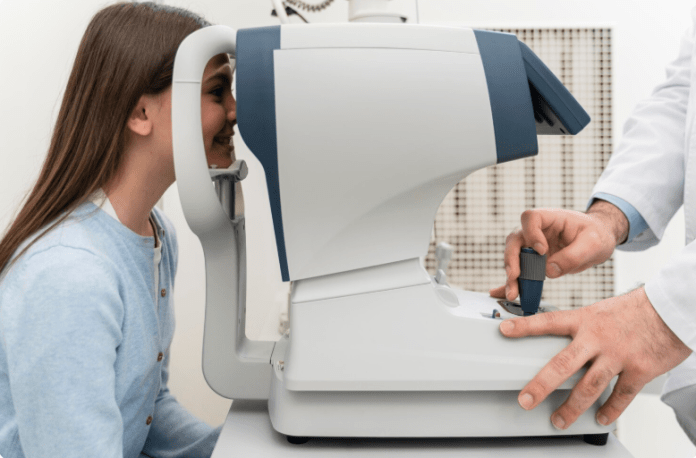
When was the last time you had your eyes checked? For many people, the answer is “a long time ago.” We often assume our eyes are fine until something feels wrong. But eye exams aren’t just about updating your glasses prescription. They can reveal hidden problems early, sometimes long before you notice any changes in your sight.
That’s what makes regular eye exams so valuable. They’re like a window into your overall eye health and sometimes even your general health, too.
Why Exams Matter for Contact Lens Wearers
If you wear or want to wear contacts, a regular eye exam isn’t enough. You need a contact lens exam. This exam goes a step further. It measures the size and shape of your eyes to make sure lenses fit comfortably. A poor fit can cause irritation or even damage your eyes.
Doctors also check for dryness, redness, or other conditions that could make contact use uncomfortable. Plus, prescriptions for glasses and contacts aren’t the same, so having a contact lens exam, especially from Pearle Vision, ensures you get the right correction. It’s about safety, comfort, and clear vision all at once.
Here are some common vision problems that can be detected through an eye exam.
Nearsightedness (Myopia)
Nearsightedness means you see close-up objects clearly, but things far away look blurry. This is especially common in kids and young adults. If your child squints at the classroom board or you struggle to read street signs while driving, it might be myopia.
An eye exam can measure exactly how much correction your eyes need. Glasses or contact lenses usually solve the issue right away. In some cases, doctors may also recommend vision therapy or even corrective surgery. Detecting myopia early matters because it often gets worse over time, especially during childhood and teenage years.
Farsightedness (Hyperopia)
Farsightedness is the flip side of myopia. You can see distant objects better than close ones, but that doesn’t mean it’s always comfortable. People with hyperopia often experience headaches, eye strain, or blurry vision when reading or working on a screen.
During an eye exam, the doctor uses simple tests to check how your eyes focus at different distances. Even mild farsightedness can cause discomfort, so having the right prescription makes everyday tasks much easier.
Astigmatism
Astigmatism is one of those words that sounds scarier than it really is. It simply means your cornea or lens isn’t perfectly round. Instead, it has a slight curve that bends light unevenly. This causes blurry or distorted vision.
Some people with astigmatism notice lights at night look streaky or stretched out. Others just feel like their vision is never fully sharp. The good news? It’s very common and easily corrected. Eye exams spot it quickly, and glasses or contact lenses can restore clear vision. There are even special “toric” lenses made just for astigmatism.
Presbyopia
Ever noticed people holding a menu or book at arm’s length to read it? That’s presbyopia. It usually starts around age 40 and is a natural part of aging. The eye’s lens becomes less flexible, which makes it harder to focus on nearby objects.
An eye exam confirms presbyopia and helps find the best solution. Some people go with simple reading glasses. Others prefer bifocals, progressive lenses, or multifocal contacts. While presbyopia can’t be prevented, the right correction makes daily life much easier.










